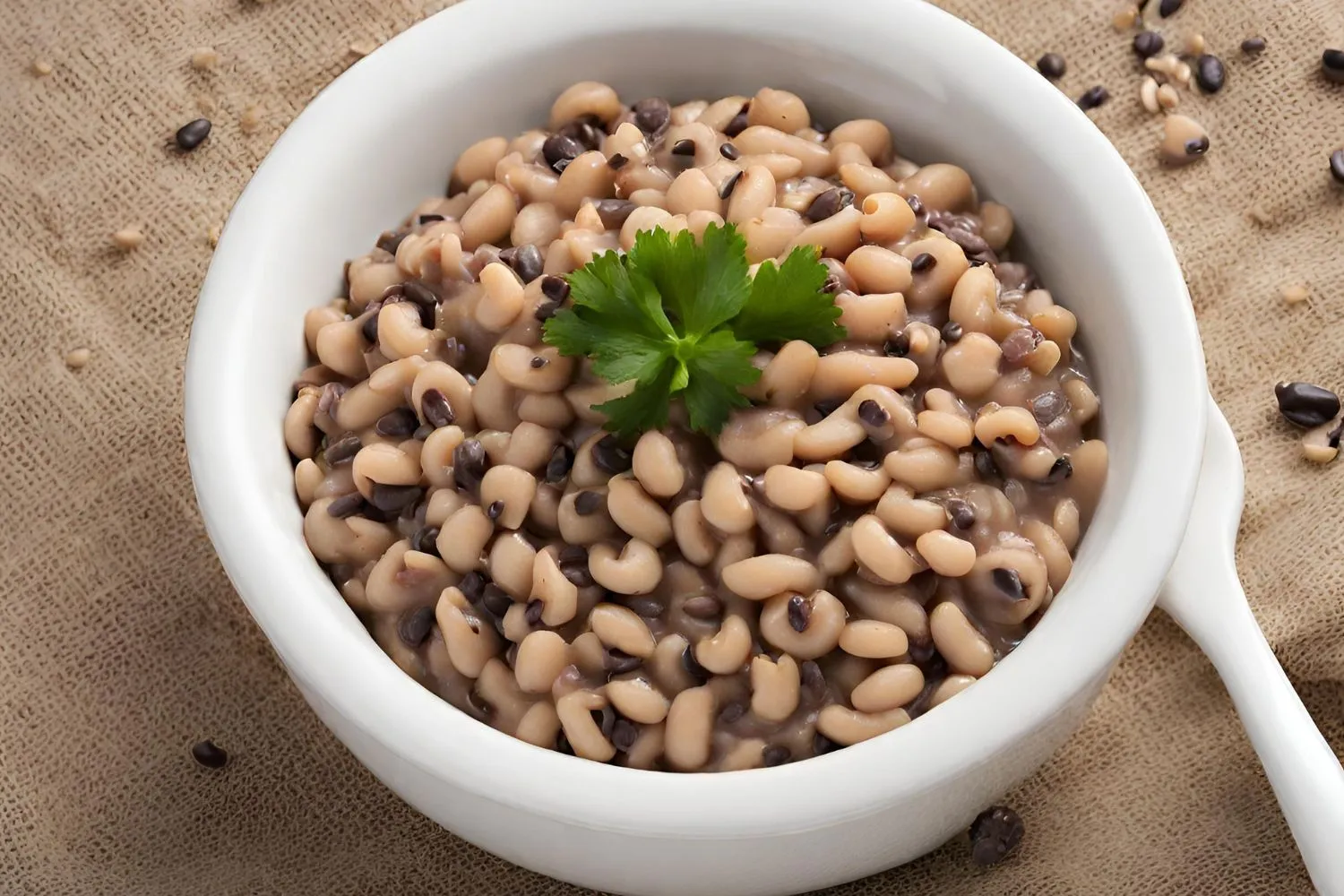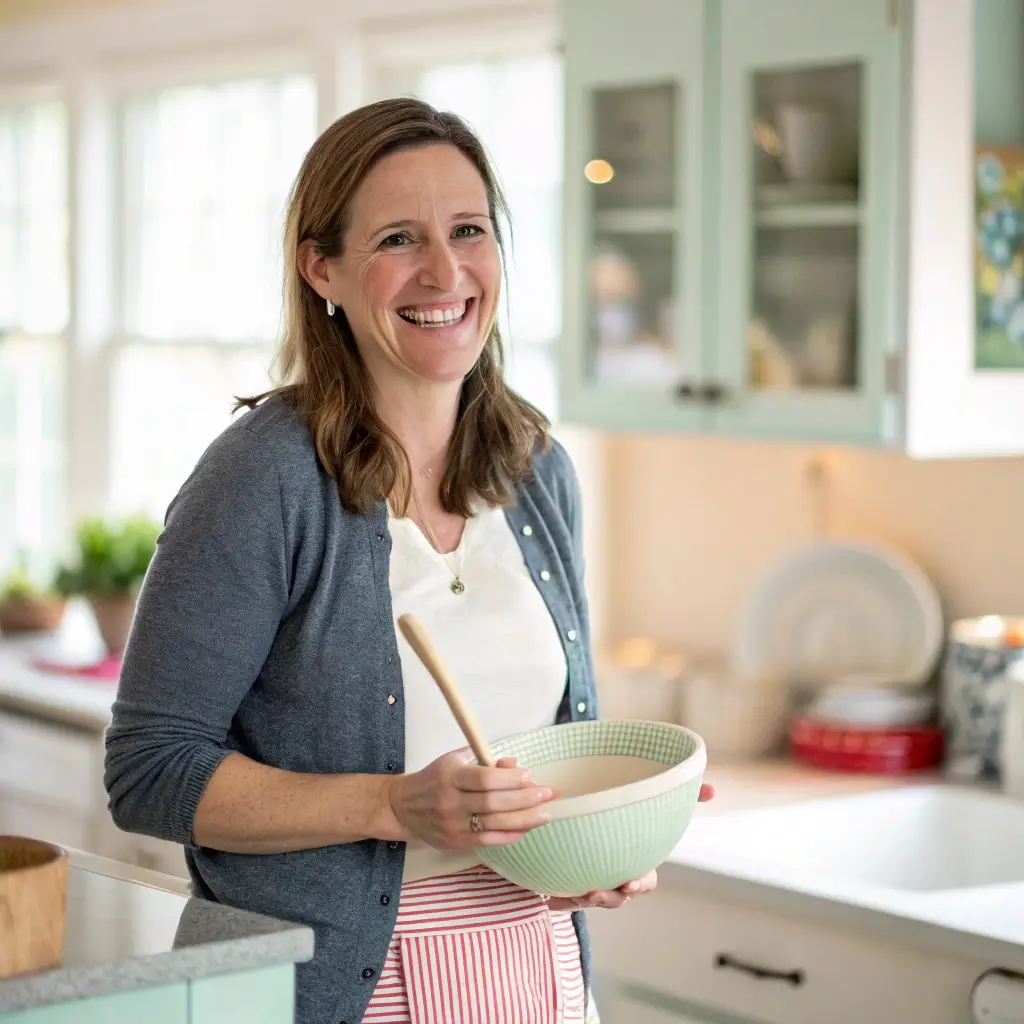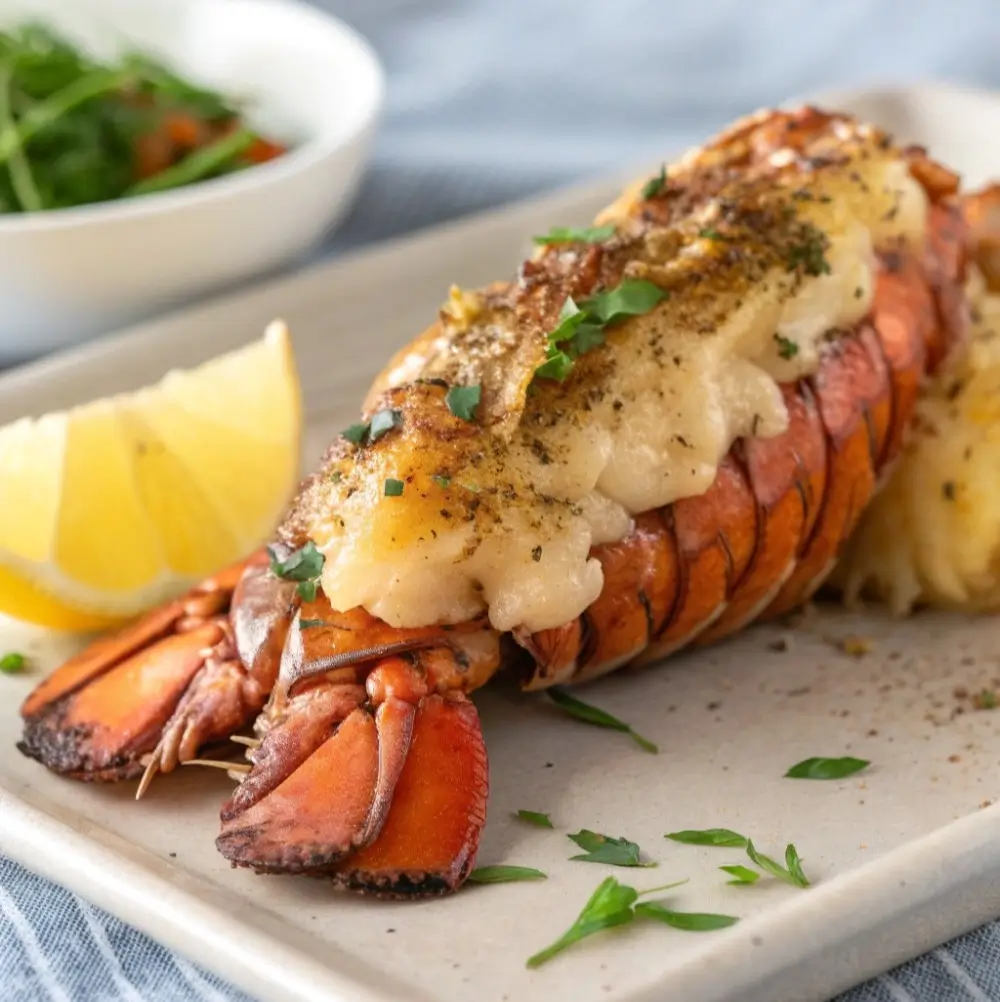Table of Contents
Before diving into the heart of our culinary journey, let’s set the stage for a flavorful exploration into the world of black-eyed peas. These humble legumes, packed with nutrition and steeped in tradition, offer more than meets the eye. From their rich history to their versatile use in kitchens around the globe, black-eyed peas are a staple ingredient that can transform ordinary meals into extraordinary ones. This article aims to uncover the best ways to enjoy black-eyed peas, ensuring each spoonful is as delicious as it is nutritious. So, let’s embark on this savory adventure, one black-eyed pea at a time.
Introduction to Black-Eyed Peas
What Are Black-Eyed Peas?
Black-eyed peas, a key player in the legume family, boast a unique spot in the culinary world. With origins tracing back to West Africa, these peas have traveled far and wide, rooting themselves firmly in various cultures and cuisines. Rich in vitamin A, folate, manganese, and fiber, these little legumes pack a powerful punch when it comes to nutrition. They’re not just good for you; they’re a versatile ingredient that can elevate your cooking game.
Why Eat Black-Eyed Peas?
The benefits of incorporating black-eyed peas into your diet are vast. They’re known to aid digestion, support heart health, and even help manage weight. But it’s not just their health benefits that make them a kitchen favorite. Black-eyed peas carry with them a sense of tradition and cultural significance, especially in the Southern United States, where they’re a symbol of luck and prosperity for the New Year.
Now that we’ve whet your appetite with a glimpse into the world of black-eyed peas, stay tuned as we delve deeper into how to select, store, and prepare them to perfection. Whether you’re a seasoned legume enthusiast or a curious culinary adventurer, there’s something for everyone in the versatile, vibrant world of black-eyed peas.
Discover more delightful legume recipes and tips on OperaCook, your go-to guide for all things tasty and nutritious.
Preparing Black-Eyed Peas
Before diving into the myriad ways to enjoy black-eyed peas, understanding how to properly select and store them ensures your dishes are both delicious and nutritious.
Selection and Storage
When it comes to selecting black-eyed peas, you have a few options: fresh, dried, or canned. Each form has its own set of considerations:
- Fresh peas are seasonal and offer a tender texture but require a bit more prep time.
- Dried peas are available year-round and are cost-effective, though they need soaking before cooking.
- Canned peas offer convenience but watch out for added sodium.
Storing your peas correctly is crucial for maintaining their quality. Dried peas should be kept in a cool, dry place, where they can last for up to a year. Fresh peas, on the other hand, should be used within a few days and stored in the refrigerator to preserve their freshness. Canned peas have a longer shelf life but should be consumed within a year for the best taste and nutritional value.
Preparing for Cooking
Preparing black-eyed peas for cooking is a breeze, especially if you follow a few simple tips:
- Rinse and Sort: Whether you’re using dried or fresh peas, always rinse them thoroughly under cold water to remove any dirt or debris. Sorting through them allows you to pick out any stones or damaged peas.
- Soaking Dried Peas: To reduce cooking time and make them easier to digest, soak dried peas overnight in water. If you’re short on time, a quick soak method can be used: boil the peas for two minutes, then let them soak for an hour off the heat.
- No Soak Necessary for Canned Peas: Canned peas are pre-cooked, so they can be added directly to your recipes. However, it’s a good idea to rinse them first to lower the sodium content.
Armed with these tips, you’re now ready to embark on the culinary adventure of cooking with black-eyed peas. From hearty stews to refreshing salads, the possibilities are endless.
Stay tuned for the next part, where we’ll dive into the best ways to enjoy black-eyed peas, exploring traditional recipes and modern twists that will make these legumes a staple in your cooking repertoire. Explore more about the benefits and versatility of legumes on OperaCook, where flavor meets nutrition in every bite.
Best Ways to Eat Black-Eyed Peas
Embarking on a culinary journey with black-eyed peas opens a world of possibilities. From comforting Southern classics to innovative dishes that bring a modern twist, these versatile legumes can be the star of any meal.
Traditional Recipes
The Southern United States has long cherished black-eyed peas for their flavor and supposed luck-bringing properties. A staple dish is Hoppin’ John, a savory concoction of peas, rice, and spices, often enjoyed on New Year’s Day to bring prosperity in the year ahead. Another beloved way to savor these peas is in a simple, hearty stew, simmered with onions, garlic, and a ham hock for depth of flavor.
Modern Twists on Classic Dishes
In recent years, chefs and home cooks alike have been getting creative with black-eyed peas, introducing them into a variety of contemporary dishes. Imagine a vibrant black-eyed pea hummus, enriched with tahini and lemon, serving as a perfect appetizer or snack. Or consider a refreshing salad, where the peas are tossed with cherry tomatoes, cucumbers, and a zesty vinaigrette, offering a light yet fulfilling meal.
For those looking to explore further the culinary versatility of black-eyed peas, AllRecipes.com offers a treasure trove of recipes, ranging from the traditional to the innovative, ensuring there’s something to suit every palate.
Cooking Tips and Tricks
Achieving the perfect texture and flavor with black-eyed peas is easy with a few handy tips:
- Season Well: Black-eyed peas absorb flavors beautifully, so don’t shy away from bold spices and herbs.
- Mind the Texture: Whether you prefer your peas al dente or soft, keep an eye on the cooking time. Start tasting the peas towards the end of cooking to ensure they’re just right for your palate.
In the realm of legumes, black-eyed peas stand out for their taste, versatility, and nutritional value. By incorporating them into both traditional dishes and modern interpretations, you can enjoy these peas in countless delicious ways.
Cooking Tips and Tricks
To master the art of cooking black-eyed peas, embracing a few key tips and tricks can elevate your dishes from good to unforgettable. Let’s dive into the secrets behind achieving the perfect texture and infusing your dishes with mouth-watering flavors.
Achieving the Perfect Texture
The texture of black-eyed peas can significantly impact the overall enjoyment of your dish. Here are some insights to ensure they come out just right every time:
- Soaking is Key for Dried Peas: If you’re using dried black-eyed peas, remember that soaking them overnight not only shortens the cooking time but also helps achieve a more consistent texture.
- Simmer Gently: Whether you’re cooking soaked peas or starting from fresh or canned, always simmer them gently. A low and slow approach ensures that the peas cook through evenly without becoming mushy.
- Regular Checks: Start checking the peas for doneness about two-thirds of the way through the expected cooking time. This helps prevent overcooking and allows you to achieve the perfect bite—whether you prefer them firmer or on the softer side.
Flavor Enhancements
Black-eyed peas have a subtle, earthy flavor that makes them a fantastic canvas for a wide array of seasonings:
- Aromatic Base: Begin with a base of sautéed onions, garlic, and bell peppers. This trio, often referred to as the holy trinity in Southern cooking, provides a flavorful foundation for your peas.
- Seasoning Blends: Don’t hesitate to experiment with different spice blends. From Creole seasoning for a kick to a mix of smoked paprika and cumin for warmth, spices can transform your dish.
- Herbs and Acids: Fresh herbs and a splash of acid, like lemon juice or vinegar, added towards the end of cooking can brighten the flavors and bring balance to the dish.
Employing these tips will not only enhance the natural goodness of black-eyed peas but also turn them into a dish that stands out for its depth of flavor and satisfying texture. Whether you’re aiming for a comforting stew or a vibrant salad, these legumes are sure to impress.
FAQs On Black-Eyed Peas
Embarking on your culinary journey with black-eyed peas may raise some questions. Let’s address some of the most common inquiries to ensure your cooking experience is both enjoyable and successful.
Is soaking necessary before cooking?
Not always, particularly with fresh or canned varieties. For the dried sort, forgoing soaking could lengthen the cooking process and might affect texture uniformity. The quick soak method emerges as a practical alternative for those under time constraints.
What’s the secret to a rich flavor?
Building a robust flavor base is key. Initiate with onions, garlic, and herbs sautéed to perfection. Introducing smoked turkey or even seaweed can add layers of depth. A dash of vinegar or lemon juice towards the end can elevate the dish.
Are they a bean or a pea?
Intriguingly, they’re classified as beans, part of the legume family, aligning with other beans in nutritional and culinary attributes.
How can digestive discomfort be minimized?
Oligosaccharides in legumes can lead to gas. Reducing these through soaking and incorporating digestion-aiding spices like ginger or fennel can help.
What’s the fridge life of cooked legumes?
Properly stored in an airtight container, they can last up to four days in the fridge. Cooling to room temperature before storage is crucial.
Armed with answers to these frequent questions, you’re poised to dive into the world of these legumes, exploring both timeless and innovative ways to relish their hearty, nourishing essence. Remember, the art of exquisite cooking lies in the thrill of experimentation and customizing recipes to your liking.
Conclusion and Additional Resources
In delving into the realm of these nutritious legumes, we’ve navigated through their rich cultural background to their contemporary culinary uses, showcasing their flexibility and health advantages. Equipped with knowledge on preparation, cooking methods, and ways to enhance flavors, you’re now prepared to weave these legumes into your meal plans.
Embracing Future Culinary Adventures with Legumes
As we conclude our detailed exploration, remember, cooking transcends mere recipe following—it’s about personalizing each dish. It’s the excitement of trying new combinations, the delight in each taste, and the joy in sharing your culinary discoveries.
The Ever-Evolving World of Legumes
The charm of these legumes rests in their straightforwardness and adaptability. Looking ahead, here are some inspirations to keep your meals intriguing and vibrant:
- Global Flavors: Let these legumes be a canvas for global culinary traditions. Whether it’s bringing a touch of Moroccan charm with a spiced stew or embracing the warmth of Brazilian feijoada, let these dishes take your taste buds on a global tour, all from the comfort of your kitchen.
- Seasonal Pairings: Tailor your recipes with the seasons. Merge them with the succulence of summer tomatoes and basil or the robustness of winter greens and root vegetables. Cooking in tune with the seasons not only maximizes flavor but also aligns with nature’s bounty.
- Plant-Based Innovations: For those on a plant-based journey, these legumes stand out as a stellar protein source. Whether it’s crafting vegan burgers, tacos, or a smooth dip, they offer hearty alternatives to traditional meat dishes.
- Creative Use of Leftovers: Reimagine leftover legumes into novel culinary creations. Transform them into a velvety soup base or sprinkle them into salads and grain bowls for added texture and nutrition.
The Journey Continues
Your journey with black-eyed peas doesn’t end with this guide. Each cooking session is an opportunity to refine your skills, experiment with flavors, and, most importantly, enjoy the process. Share your culinary creations with friends and family, and let the stories of your dishes inspire others to embark on their own cooking adventures.
Looking Ahead
As we look to the future, remember that the kitchen is a place of endless possibility. Let the humble black-eyed pea remind you that great dishes don’t always come from exotic ingredients or complicated techniques but from the love and creativity you pour into your cooking.
Thank you for joining us on this delicious exploration of black-eyed peas. We hope you’ve been inspired to weave these nutritious legumes into your cooking repertoire, exploring new tastes and traditions along the way. For more culinary inspiration and a world of recipes waiting to be discovered, continue exploring OperaCook. Here’s to many more joyful and flavorful adventures in your kitchen!





